If you know me, you'll know that I talk about using coupons A LOT and I can answer your questions with in-depth details and backstories you don't want or care about. All of that is because I became an extreme couponer many years ago and the addiction, savings, and fun are all real and they stay with you forever.

I can still remember some of my best shopping hauls- I bought 20 bottles of head and shoulders 2 in 1 shampoo for my husband (the only kind he likes) and it only cost me the taxes. That stuff is expensive, so of course, I stocked up!
It lasted for several years, right up to the expiration date on the bottles, which worked out perfectly. We were also gifting a few of the bottles along the way because we knew we couldn't use them all up.
Jump to:
- The Snowball Effect of Saving Money
- Time Commitment
- The Upfront Expenses
- How to Read Your Coupons
- The Differences in Terms
- How to Use Coupons Effectively
- Planning Your First Coupon Trip
- Coupons Printed at the Register
- How to Stack The Savings
- Store Coupon VS Manufacturer Coupons
- How to Roll a Savings Deal
- 💬 Comments
The Snowball Effect of Saving Money
When you get into extreme couponing, you find so many other creative ways to save money with coupons!
Unfortunately, it is a lot of work (about the same as Meal Planning on a Tight Budget).
There are store ads to compare, coupons to find and clip, planning, shopping, double-checking products, and cringing at the register as the price goes up.
But with coupons applied, you'll watch those numbers go down low too!
There’s a surge of adrenalin throughout your body, a giddy sense of joy like you’ve just been given a golden ticket to the Wonka Factory and you leave the store both happy and nervous that a shopping guard will stop you and pull you off to the side for questioning.
Using coupons correctly and legally saves you the most money. Far more than a $0.25 off here or there. So keep reading and I’ll break down how to coupon and why you should.
Time Commitment
Let me preface this by saying that extreme couponing (for both beginners and experts) can be pretty time-consuming, especially at first.
In fact, it’s almost like a second job- but like with any job, the more you do it, the better you get and the more efficient you can be.
When I cloth diapered my son, it cost a lot of money upfront and took a while to get a routine down. Couponing is like that. Upfront costs, learning curves, and consistently being educated on new things.
Of course this same "pay first, reward later" principle can be applied to so many different things like The No Spend Challenge or a Clean Out the Pantry Challenge. You put in the effort to reduce costs and ultimately it saves you money because you're clearing space in the pantry and eating out less often. See: How a Messy Pantry Costs You Money.
The Upfront Expenses
Buying the coupons
Yes, coupons technically cost money in one way or another.
- Free printable coupons cost you paper and ink.
- Newspaper coupons cost you the newspaper.
- You can buy clipped coupons from services, or whole inserts from people, but it’s actually illegal to purchase coupons from a nonauthorized coupon selling source.
- Free mailed coupons from manufacturers and digital coupons may be the only ones that don’t cost you actual change, but they will cost you time in clipping (both physical and digital) and time is money.
Coupon organization
Having the coupons means nothing if you can’t sort through them to find anything. Think about it, can you find a shoe in your kid's messy bedroom? Needle in a haystack? Finding a specific small cut piece of square paper in a box of other similar square-cut pieces of paper is a huge time waste.
So obviously it makes sense to buy a coupon organizer.
Most new couponers that I know actually start as simple as possible- a clear Ziploc bag. They place clipped coupons that they plan on using inside of a Ziploc baggie and take them to the store. As they add items to their cart, the coupons come out and into their pocket, wallet, or pinned to the shopping list so they are easily accessible.
After getting used to couponing and getting a feel for the amazing high you get with saving money, you’ll upgrade to a more efficient and more costly organizational method.
My personal favorite was a 3 ring binder (that zipped closed) and clear baseball cardholders with colored dividers.
Every store section had its own color and most of the cut coupons fit nicely within the baseball card slots while some needed a little folding. I always made sure that the picture was facing out so that I could flip through quickly and spot what I’m looking for. When you coupon with toddlers in tow, time and efficiency are very important so you don’t miss nap times!
Coupon Organizers
As of this moment, they are under $15 each, please note that Amazon prices are always subject to change and availability.
- 13-Pocket Poly Expanding File
- Grocery Coupon Organizer (fits on the cart handle and comes with a pen holder)
- Subdivision Accordion File Folder Mini Organizer
If you think you’d like the 3 ring binder organizational method like I had, then I highly recommend plastic baseball card holders and NOT coupon inserts. While the coupon ones are nice, they are overpriced and limit your coupon sorting. You can fit more in a baseball card holder sheet.
Binder Organizing Pro Tip
Make sure that your 3 ring binder zips closed. This is not only great for keeping kids out, but an open 3 ring binder will allow your coupons to spill all over the place the moment it turns upside down.
Picking up a pile of coupons in a parking lot, store, home, or car isn’t fun now, nor will it ever be! You can pick these types of binders up cheap during the school supplies shopping sales.
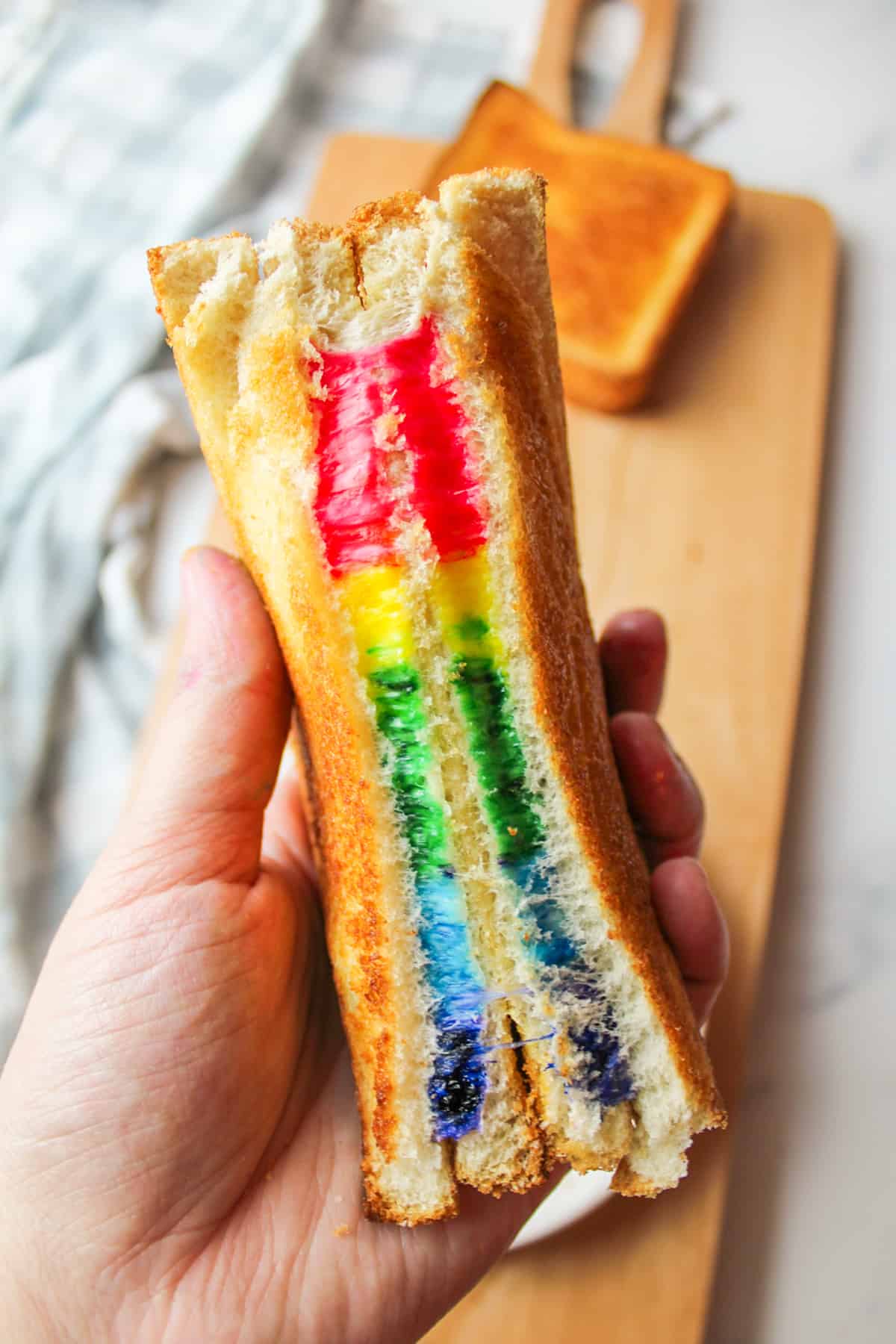
How to Read Your Coupons
Alright, so now that you have coupons (or know where to get them) and you’ve got them nicely organized let’s quickly cover how to read them and understand them before sending you off on an awesome deal.
Understanding your coupons is important for making sure that you’re using them correctly and legally.
On your coupons you will see an image (not always) from experience, never assume the coupon is for the item pictured. Everybody makes mistakes and sometimes you’ll see that the image and the item described are two completely different things.
Read Your Coupon Thoroughly
There will be:
- A description of the item, size, and variety of which items qualify for the discount.
- A limit of how many coupons can be used and for X amount of items.
- They’ll say how much money you’re saving, and give you any additional details that you need.
- At the bottom of the descriptions, there will be a spot explaining to the cashier and store what to do for them to be reimbursed and how much additional money they’ll get paid for sending them in.
- There’s also a spot that says your coupon is worth about 1/100th of a cent in cash value.
Ignore both of those latter two sections as they are completely pointless to you as an extreme couponer.
The Differences in Terms
Coupon terminology can be tricky, and cashiers aren’t often knowledgeable about coupon usage, so it’s up to you to be as educated as possible.
- Per transaction
- A transaction starts and finishes with your receipt. Think of those bar dividers you place on a shopping conveyor belt, you put one between each transaction, correct?
- Per purchase
- Often gets confused with the latter, but per purchase actually means per item. How many items are you purchasing?
- Per person/day/family
- This one is very self-explanatory.
Okay, beginners, we’ve got coupons, organized them, and understand them now let’s get to the good stuff- stacking them to save the most money.
How to Use Coupons Effectively
First, grab a notebook and a pencil/pen. Create a few columns and label them.
- Item
- Retail $
- Sale $
- Store name
- Desired Quantity
- Coupon Yes/No
- Coupon value
- Type of coupon
- Expected to pay
- Rebates
These columns don’t need to be the same size in width, but some should be bigger than others to accommodate the extra words. You’ll want the paper to be turned sideways so that you can fit all of the columns.
Then, browse through your organized coupons and collect a mental note of what you have.
Next, open up store sales flyers and compare the store ads. Play spot the differences and take note (on your paper) of which store has the best deals on which items. You may notice one store has a few things better priced and another store is cheaper on different items.
The Best Plan of Action
Extreme couponers understand that to get the best deals you may have to travel to different stores and break up your shopping trip into different store locations.
The secret is to plan your trip in a giant loop from your house, out, and back so that it is efficient, and take note of the perishable items like ice cream or the storage for fresh meats (leaving fresh meat in the car on a hot summers day is not ideal) but having a cooler in the car could be.
Going to multiple stores is well worth the gas and can help you to get all of the good store loss leaders!
*Loss leaders are items sold at a deep discount or at a loss to the store to get you in the door. They do this because they know you’ll enter and most likely buy a marked item at the same time, covering their loss.
For an example of a loss leader: The hot dogs at Costco, are $1.50 and include a soda. You know they're losing money on this deal, but you also know you can't walk into Costco without being tempted to buy something else. See how that works?
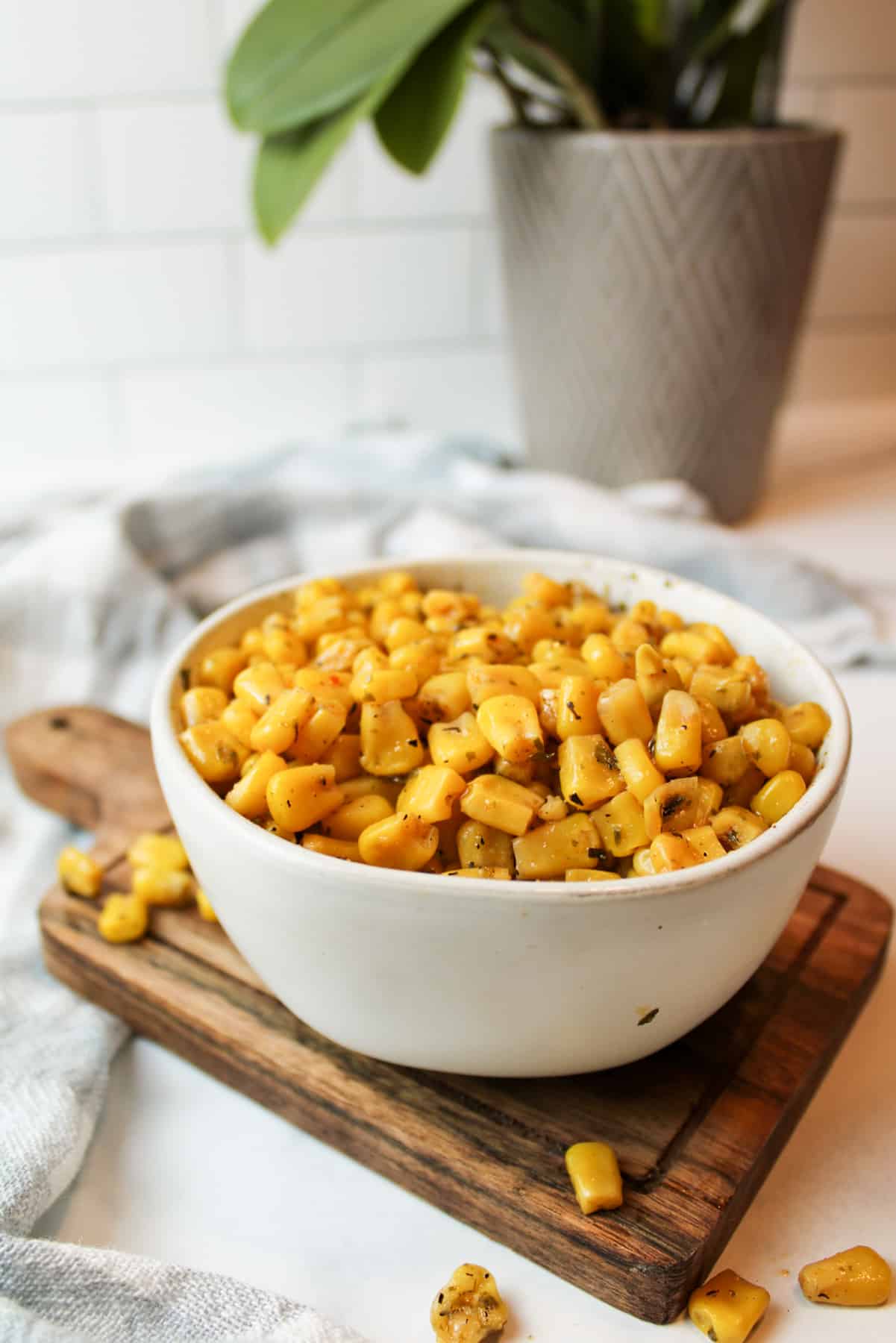
Planning Your First Coupon Trip
Assuming you’re doing your coupon shopping haul based on your meal plan, you’ll already have your meal plan ready and in hand, as you’re looking through the store flyers. For the best savings, your meals should be based on what items are on sale, in season, and in stock (in your pantry).
So as you’re looking through the store flyers fill in your columns. Write down the name of the item, how much it regularly costs, how much it’s on sale for, where it’s on sale, and how many you want to or need to buy.
Do you have a coupon for the item? How much is the coupon worth? After applying the store sale and coupon, how much will you be paying for each item at the register? This is called the OOP (out-of-pocket) expense.
Remember that some coupons say that you have to buy a minimum amount.
After paying for the item, you’ll be able to get money back from shopping receipts with one of the many rebate apps you’ve no doubt added to your phone like the Ibotta app. So you have a column for rebates so that you don’t forget them.
Rebate apps you’ll want on your smartphone:
- Ibotta
- Checkout 51
- Savingstar
- Berrycart
There are a ton of different rebate apps for making money or ways to make money by submitting pictures of your receipt. My friend makes a lot of money every year from doing this.
A reminder that Ibotta has a special section for bonus rebates so when you redeem rebates, you may be close to reaching bonus money.
Sometimes the bonus rebates are as simple as redeeming one or two rebates. If you had already planned on getting one, might as well grab the other and the free money that comes along with it (if it’s in the budget and makes sense, sometimes the deals are worth it and sometimes they are not). Use your best judgment on it.
Coupons Printed at the Register
We’ve all received those long pieces of paper with our receipts when we checked out. They come from a little machine owned by the Catalina company. Extreme couponers call these Catalinas (makes sense, right?)
There are some stores like Kroger and Safeway that run deals a few times a year stating that if you spend $40 in the baby aisle, you’ll get $10 back on your next trip. This $10 comes to you in the form of a Catalina coupon.
These deals can be found online (usually in advance) so that you can plan for them.
How to Stack The Savings
Create a master list of what you’ll buy, where, and for how much. Divide this list into a smaller organized grocery list for each store so that you aren’t searching all over the place, forgetting things, and can be more efficient while shopping
Go to a store and put said items in the cart. Make sure coupons are easily accessible as items are being added to the cart. Don’t stick them to products, and don’t wait until you’re in line to do this.
This is the order in which deals can be stacked:
- Store sale prices
- Store coupons
- Manufacturer coupons
- Catalinas (if for a price off the total in cart) (if they're for a specific item, then they're the same as manufacturer coupons)
- Rewards cards/loyalty programs
- Rebate apps
Honestly, the store coupons and manufacturer coupons can go in either order, but unless the coupons state otherwise, you can combine a store coupon and a manufacturer coupon on the same items.
You cannot apply more than one store coupon or more than one manufacturer's coupon to the same item though. So each item can only get one coupon of each type applied to it.
Store Coupon VS Manufacturer Coupons
A manufacturer coupon is given to the consumer by the company for money off of their products. The stores submit these to the manufacturer to get their money back. they are also reimbursed a few cents for their troubles (which adds up when you consider the thousands of people shopping in the store).
This makes the stores money, which is why they're happy to accept your coupon. These coupons have nothing to do with the store and are simply a form of payment.
A store coupon is issued by the store for specific products. Their money, their time, their coupons. It’s like an exclusive sale that they can offer up knowing that not every shopper will use.
How to Roll a Savings Deal
Alright, so just a moment ago I explained the deal stacking. Rolling a deal is pretty similar but it gets broken up into multiple transactions to get the best deal.
For example- let’s say you’re at Target and doing a buy X amount get an X gift card deal.
For this purpose, we’ll say Head and Shoulders Shampoo is a part of a health and beauty deal for buy 5 items get a $5 gift card.
Transaction #1
- Place 5 H&S shampoos in the cart. Regular price $5.99ea, on sale for $3.99each.
- So far your cart is $19.95, total savings of $10.
- You have a coupon for $5 off of 4 bottles.
- You’ll get a $5 gift card back.
- After coupon and sale, you spend a total of $14.95 and you will get back a $5 Target gift card.
Transaction #2
- Repeat the same exact deal, except using the gift card that you earned in transaction #1.
- Cart retails $29.95, sale price $19.95
- -$5 coupon
- -$5 gift card
- Total paid $9.95
- And you’ll get back a $5 gift card, making it feel like you paid $4.95.
So assuming you stopped here you will have paid $25.90, still have a $5 Target gift card, and saved a total of $35. You will have gotten 10 bottles of H&S for $2.59 each which is less than half of the original retail price.
Continue this until you’re done, and save that gift card for future deals so that you can start with it in the first transaction and keep your out-of-pocket pricing low the entire time.
Use this example with Catalinas in place of or in addition to the gift cards when there is a promotion giving them out.
See how simple rolling transactions can be?
Doing transactions like this is a great way to figure out How to Stockpile Food On a Budget.
Politeness Matters- ALWAYS
To be generous to other shoppers I do not recommend more than 2 or 3 small transactions in a row. You could also bring along other family members and have them each do a transaction behind you so that you don't have to physically repeat the deal over and over.
An untold rule about rolling deals is don’t do too many. This is for many different reasons, but mainly because:
- Some coupons will state how many transactions you can use the coupon per day.
- It’s rude to do 10 back to back transactions unless your cashier is up for it and there’s no one else in line. In this case, your cashier may want to turn off their light so no one gets in line behind you.
I suggest limiting it to no more than 3, and if you have large transactions to have someone else take one of them for you so it doesn’t look like you’re doing them all and being greedy.
Also note that when you do big rolling deals like this, you will get people to notice.
Some will be impressed, others shocked, and some may look down upon you for using coupons in the first place. Toss all of these things aside and focus on what you’re doing.
As long as you’re following the store policy, and the coupon rules, and doing everything correctly, you should never feel bad about saving money!
[Related tip] You can use coupons and be an extreme couponer when you are using food stamps. The method you are using to purchase the food, products, etc does not matter. Your coupons and gift cards should and will qualify no matter what.
Cash, debit, credit, check, and EBT is all legal tender, don’t let anyone tell you otherwise. Note that you may have to pay cash for the tax on the coupons (a few cents) if paying with EBT.
[Related] See: What Can You Buy with EBT? and EBT Extra Benefits (WIC Included)
So with all of the tips and tricks you’ve read here today you know have the knowledge to get out there and start your own extreme couponing journey to save money while shopping!
The only thing holding you back at this point is you, and the only way to get over the fear is to jump in with both feet. Good luck, and happy savings!

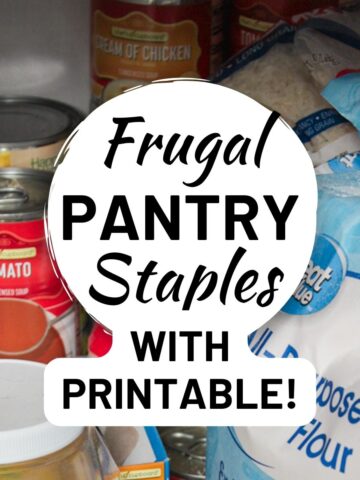
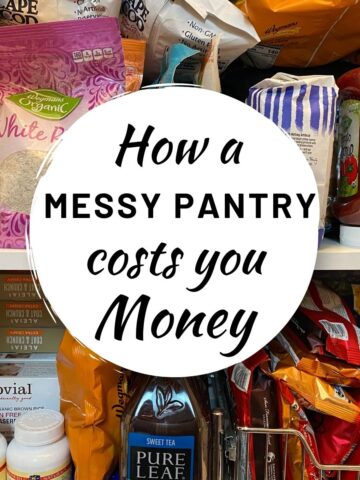
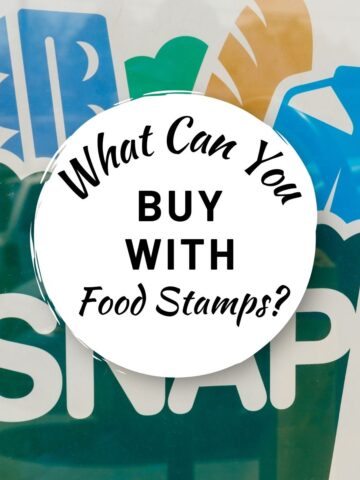
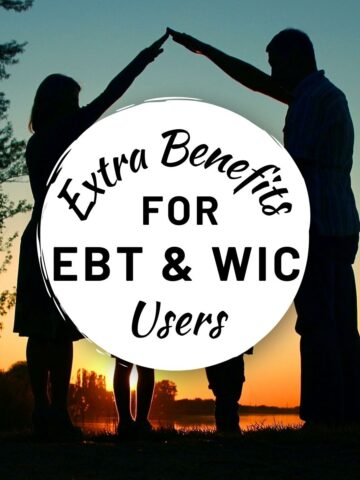
Comments
No Comments